File Picker UI Host is not Responding (Fix)
You may encounter the File Picker Ul Host issue if Windows or problematic applications (like the Mail app) are outdated. Moreover, the corrupt installation of the problematic application (like FilmForth) may also cause the issue at hand.
The issue occurs when a user tries to use File Picker for whether to attach or downloading files. The process is used when attaching a file (like a word document) to an email but the system halts and shows the following message:
File Picker Ul Host is not responding
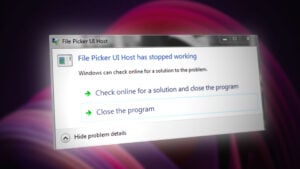
The issue is mainly reported to be limited to a single application (like Skype or Mail app etc.) but in some cases, the issue affected all the applications (browsers, Skype, Mail, etc.) on the system.
Before proceeding, check if clean booting your system (to rule out a conflict from a system start-up entry) solves the File Picker issue. If you are encountering the issue with a browser (e.g., Edge), then check if trying another browser (e.g., Chrome) sorts out the issue at hand.
Update Windows and Problematic Applications to the Latest Build
The File Picker UI Host issue may arise if Windows and problematic applications are outdated that may create incompatibility between the OS and applications. In this context, updating the Windows and problematic applications to the latest built may solve the problem.
- Manually update Windows of your PC to the latest release and reboot your PC.
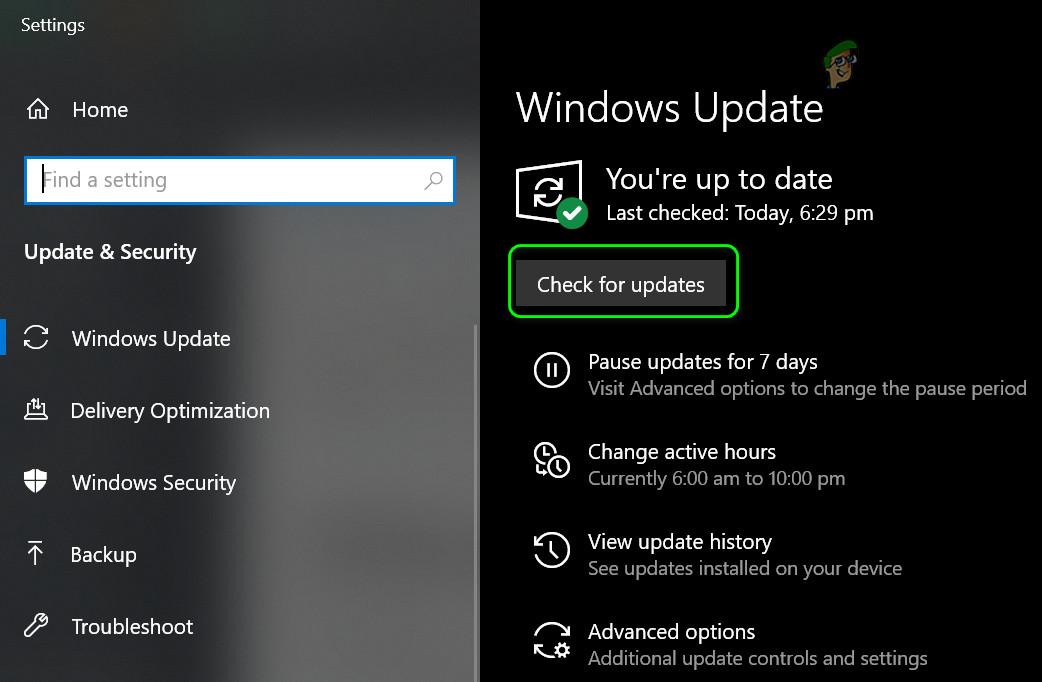
Check for Windows Updates - Upon reboot, check if the File Picker issue is resolved.
If that did not the trick, then you may update the problematic applications. For illustration, we will discuss the process for the MS Edge (you may have to follow the instructions as per the problematic application).
- Click Windows, type: Edge, and open it.
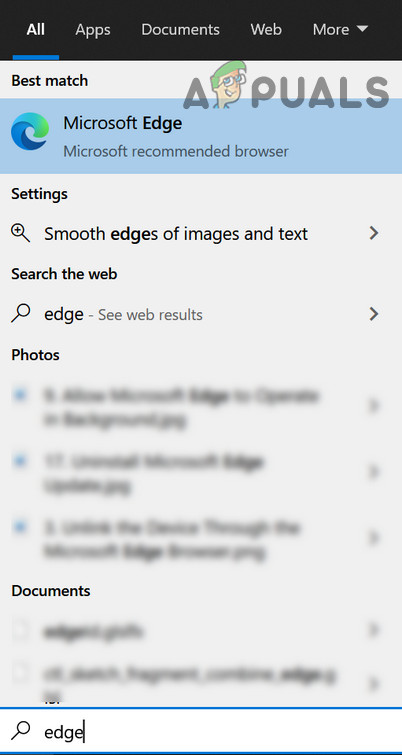
Open Microsoft Edge - Now click on three horizontal ellipses (near the top right of the window) and select Settings.
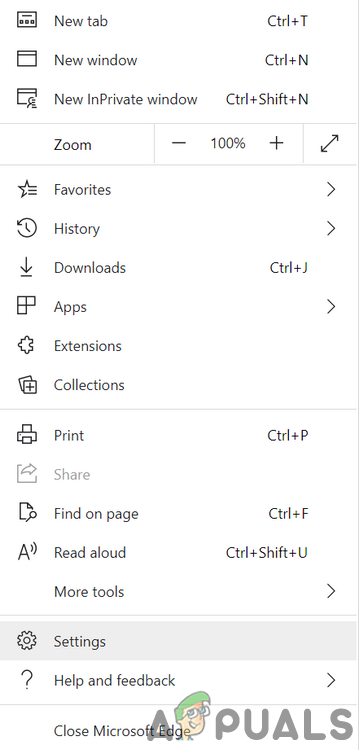
Open Settings of the Edge Browser - Then, in the left pane, steer to the About Microsoft Edge tab, and in the right pane, make sure the Edge browser is updated to the latest built.
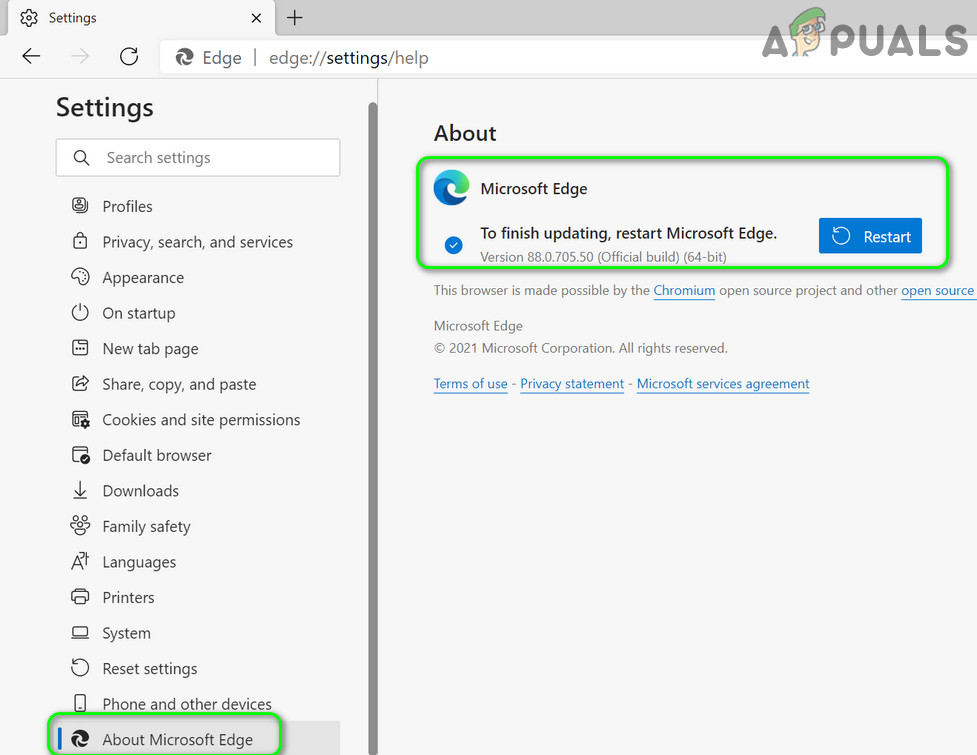
Update Microsoft Edge to the Latest Build - Now relaunch Edge and check if the File Picker issue is resolved.
Set PC to Best Performance and change Virtual Memory Settings
The File Picker UI Host issue may emerge if your PC is set for best appearance (which may overload the system and cause the issue) or if the Virtual Memory is not set to automatically managed by the system. In this scenario, setting the PC to Best Performance and its Virtual Memory to automatically manage may solve the problem.
- Click Windows, type: Advanced System Settings, and open View Advanced System Settings. Then click on Settings (in the Performance section).
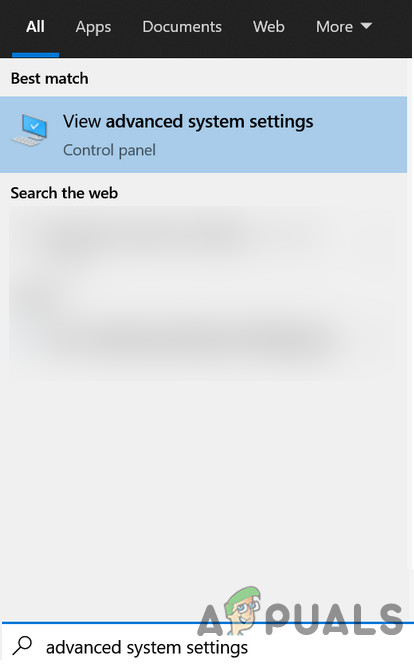
Open Advanced System Settings - Now select the radio button of Adjust for Best Performance and head to the Advanced tab.
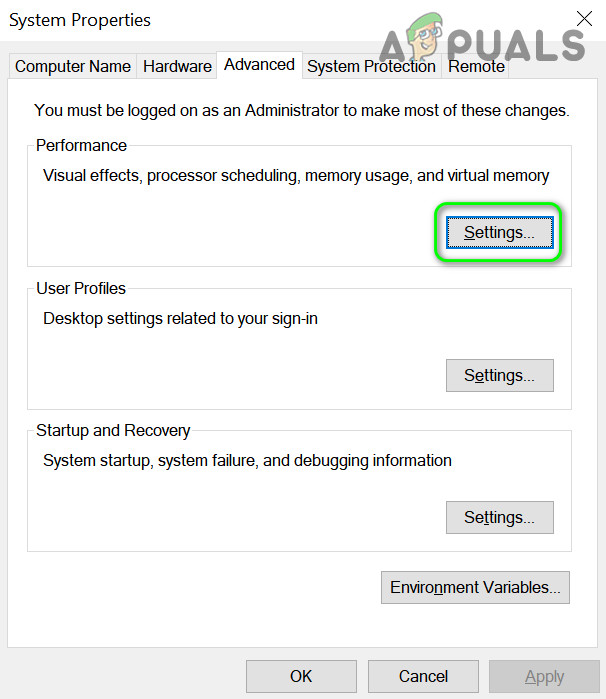
Open Performance Settings in Advanced System Settings - Then select the radio button of Programs (under Adjust for Best Performance of) and click on the Change button (under Virtual Memory).
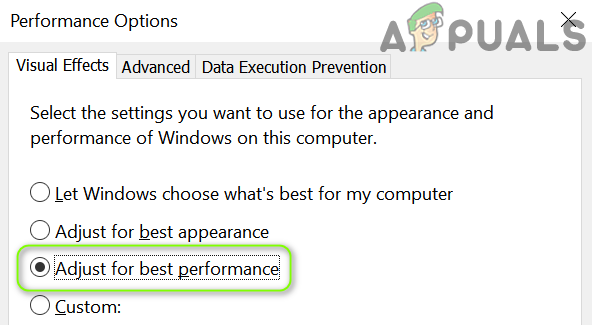
Enable ‘Adjust For Best Performance’ in the Advanced System Settings - Now, checkmark the option of Automatically Manage Paging File Size for All Drives and apply your changes.
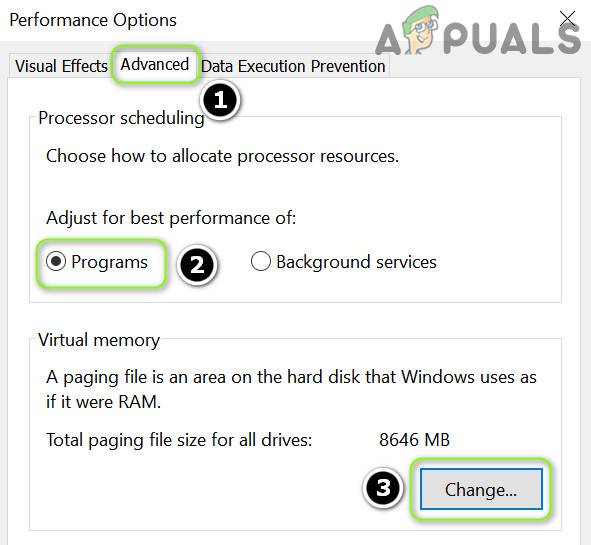
Set Adjust for Best Performance to Programs and Open the Virtual Memory Management - Then reboot your PC and check if the File Picker problem is solved.
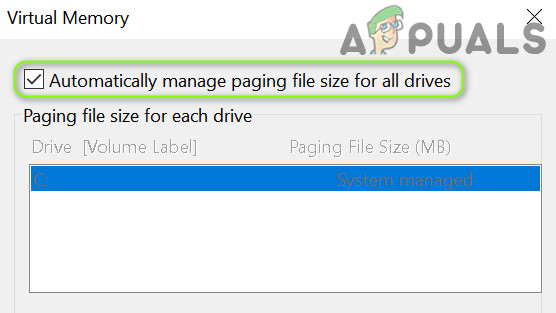
Enable Automatically Manage Paging File Size for All Drives
Perform an SFC Scan of the System
You may encounter the File Picker issue if some essential system files are corrupt. In this case, performing the SFC scan may solve the File Picker issue.
- Perform an SFC scan of your system. Keep in mind that the scan may take some time to complete, so, you may try it when you can spare your system for some time (preferably, overnight).
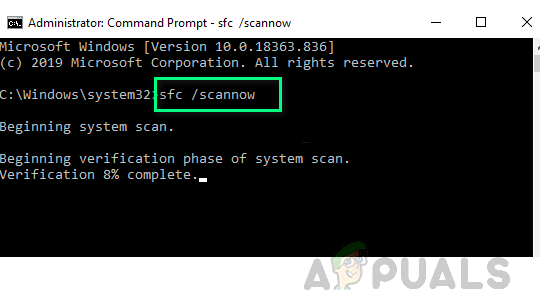
Perform an SFC Scan - Once the scan is complete, check if the system is clear of the File Picker issue.
Re-Register, Reset or Reinstall the Problematic Application
The system may show the File Picker UI Host message if the installation of the problematic application is missing some essential system files. In this scenario, re-registering, resetting, or reinstalling the problematic application may solve the problem. For illustration, we will discuss the process for some of the applications; you may have to dig deeper to make it work for the application you are having the issue with.
Re-Register the Mail App
- Right-click Windows and select PowerShell (Admin).
- Now execute the following cmdlet to re-register the Mail app:
Get-AppXPackage -AllUsers -Name microsoft.windowscommunicationsapps | Foreach {Add-AppxPackage -DisableDevelopmentMode -Register “$($_.InstallLocation)\AppXManifest.xml” -Verbose} - Then reboot your PC and check if the File Picker issue is resolved.
Reset the Mail App
- Click Windows, type: Mail, and right-click on it. Then select App Settings.
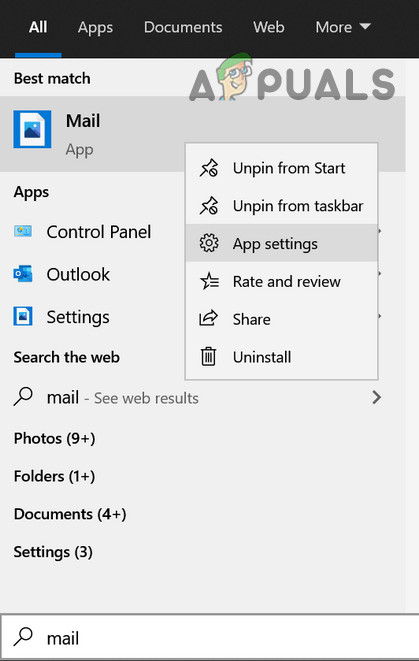
Open App Settings of Mail - Now scroll down and click on the Terminate button.
- Then click on the Reset button and afterward, confirm to Reset the Mail app.
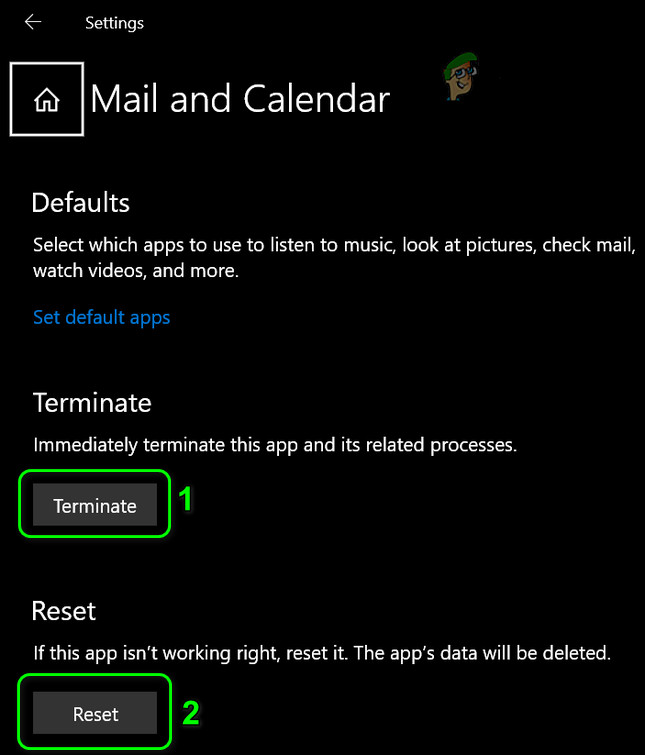
Terminate and Reset the Mail App - Now check if the system is clear of the File Picker problem.
Re-install the FilmForth Application
- Right-click Windows and open “Apps and Features”.
- Now click on Filmforth to expand it and click on the Uninstall button.
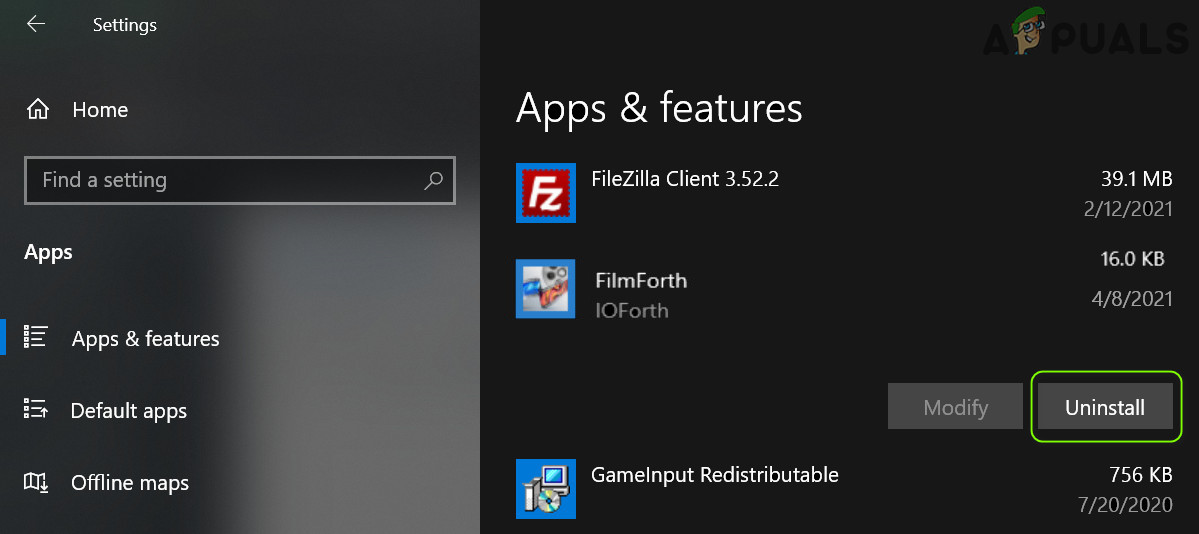
Uninstall FilmForth - Then confirm to uninstall and follow the prompts to uninstall the FilmForth application.
- Now reboot your PC and upon reboot, reinstall the FilmForth application to check if that resolves the File Picker issue.
If none of the solutions did the trick for you, then you may perform a system restore (if applicable) to the time when the system was clear of the File Picker UI Host issue.




